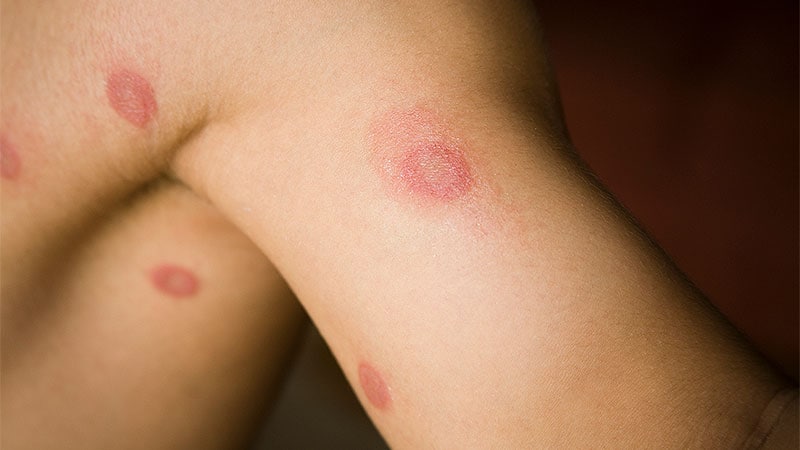CDC Reports Drug-Resistant Ringworm Cases in New York
Core Concepts
Antifungal-resistant tinea cases detected in New York due to misuse of medications.
Abstract
The Centers for Disease Control and Prevention (CDC) warns of severe antifungal-resistant tinea cases in New York, caused by Trichophyton indotineae due to misuse of antifungals and corticosteroids. Two patients, one in the US and one in Bangladesh, experienced drug-resistant ringworm infections. Misidentification of the fungus is common, requiring genomic sequencing for accurate diagnosis.
Key Highlights:
- CDC alerts clinicians to antifungal-resistant tinea cases in New York.
- Rise of Trichophyton indotineae due to misuse of medications.
- Two patients with drug-resistant ringworm infections reported.
- Misidentification of the fungus as T. mentagrophytes common.
- Genomic sequencing necessary for accurate diagnosis.
Customize Summary
Rewrite with AI
Generate Citations
Translate Source
To Another Language
Generate MindMap
from source content
Visit Source
www.medscape.com
CDC Reports Two Cases of Drug-Resistant Ringworm
Stats
Tinea responsible for 5 million outpatient visits and 690 hospitalizations annually.
Severe, antifungal-resistant tinea spread in South Asia due to misuse of medications.
Quotes
"This epidemic has likely been driven by misuse and overuse of topical antifungals and corticosteroids." - Authors
Key Insights Distilled From
by Alicia Ault at www.medscape.com 05-15-2023
http://www.medscape.com/viewarticle/991994
Deeper Inquiries
How can clinicians improve the identification of drug-resistant fungal infections?
Clinicians can improve the identification of drug-resistant fungal infections by staying informed about emerging strains and resistance patterns. They should consider genomic sequencing for accurate identification, especially in cases where traditional culture-based techniques may misidentify the species. Collaboration with state or local public health departments for guidance on testing and identification of specific drug-resistant strains, such as Trichophyton indotineae, can also aid in accurate diagnosis and treatment.
What measures can be taken to prevent the misuse of antifungals and corticosteroids?
To prevent the misuse of antifungals and corticosteroids, healthcare providers should emphasize the importance of proper diagnosis before prescribing medications. Education on the appropriate use of these drugs, including duration and dosage, can help prevent resistance from developing. Implementing guidelines and protocols for prescribing antifungals and corticosteroids, as well as monitoring patients for treatment response and adverse effects, can also help prevent misuse and overuse of these medications.
How can genomic sequencing be more widely implemented in clinical laboratories for accurate fungal identification?
To increase the implementation of genomic sequencing in clinical laboratories for accurate fungal identification, healthcare facilities can invest in training staff on the use of this technology. Collaborating with specialized labs or academic institutions that offer genomic sequencing services can also help expand access to this advanced diagnostic tool. Additionally, healthcare organizations can update guidelines and recommendations to include genomic sequencing as a standard practice for identifying drug-resistant fungal infections, promoting its wider adoption in clinical settings.
0
